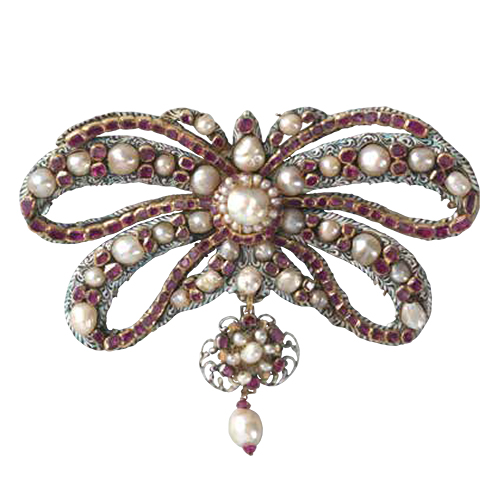Bow Jewels of the Golden Age
In Fashion in the Low Countries
DOI:
https://doi.org/10.52476/trb.9740Abstract
The bow jewel in the Rijksmuseum collection is one of the finest examples of its kind. The provenance of this piece of jewellery is unclear, as is generally also true of the other extant bow jewels. The strong resemblance to a number of ornament prints has often led to the suggestion that the Rijksmuseum’s bow brooch, and bow jewellery in general, was a French concept that came about in the late sixteen-fifties or early sixties, but seventeenth-century Dutch portraits and inventories indicate that in the Netherlands it was already a popular jewel by then. Bow jewels could be acquired from jewellers in the Low Countries in the early sixteen-thirties and at the end of the decade they were worn at court in The Hague. Princess Amalia of Solms-Braunfels owned several diamond bow jewels in 1640, and in a portrait made a few years earlier she wears a pearl bow on her dress. The aristocracy and the wealthy citizens in the Republic started following this example and the bows set with diamonds and pearls stayed in fashion throughout the rest of the century. The bow jewel was already in fashion in the Low Countries thirty years before it became in vogue in France.
Downloads







